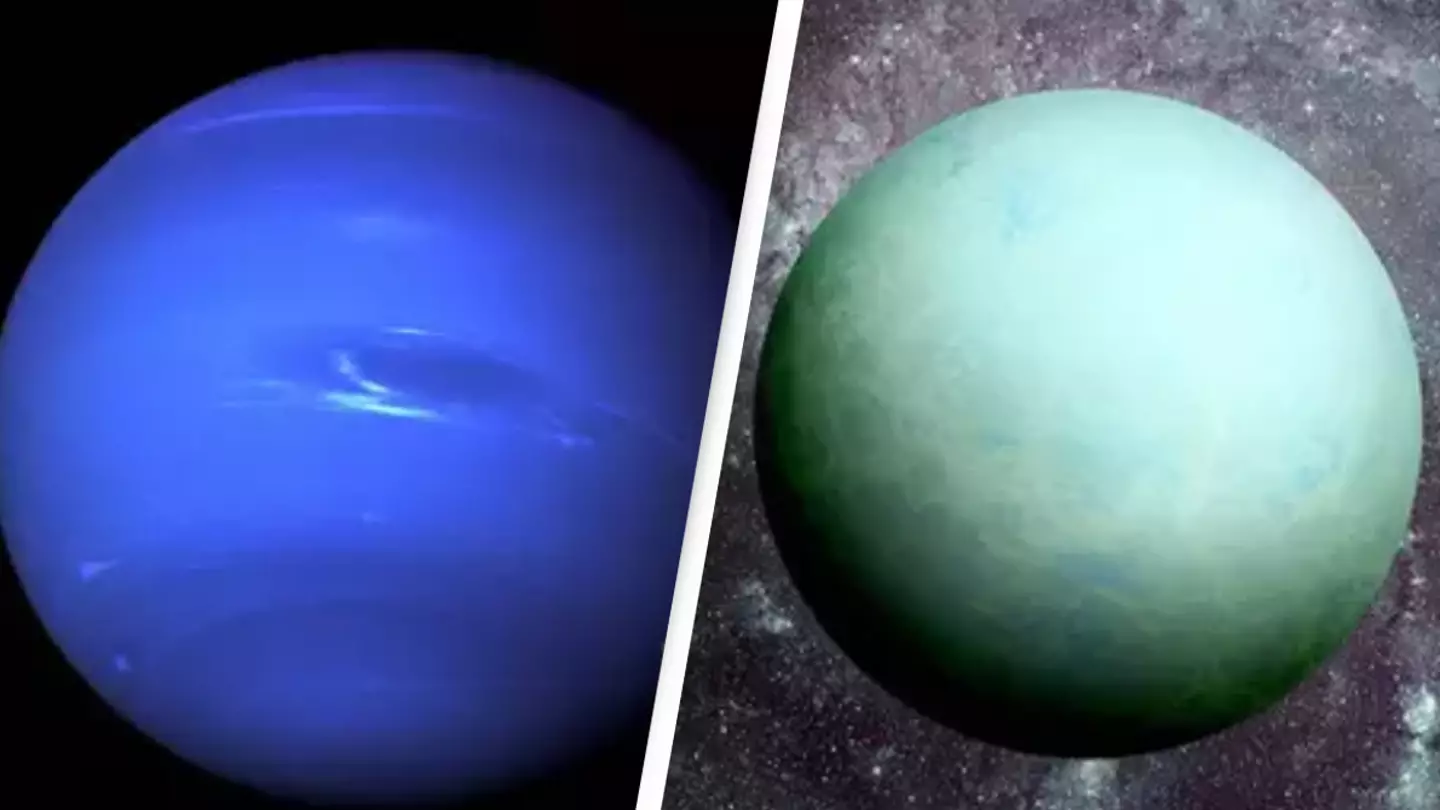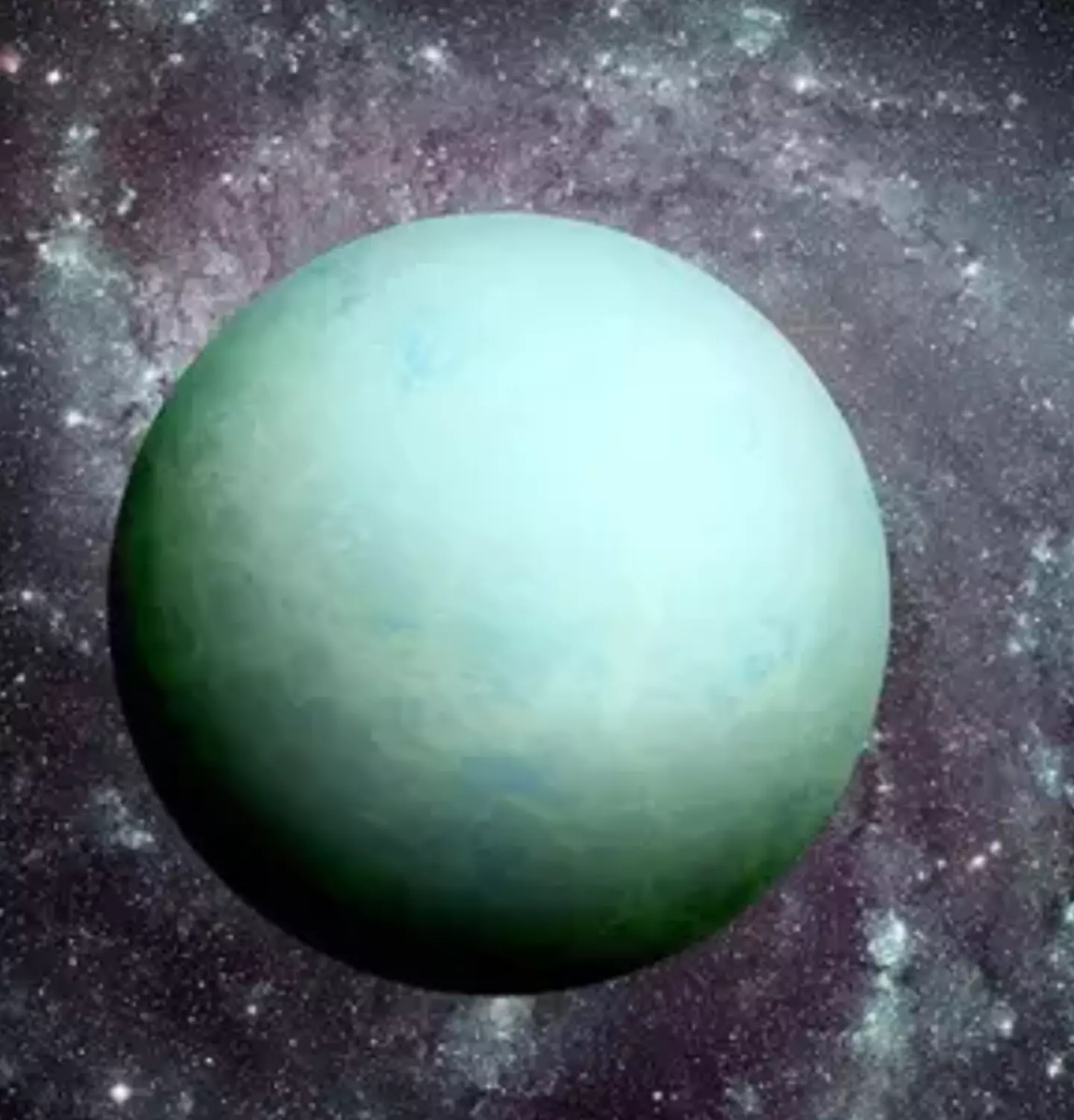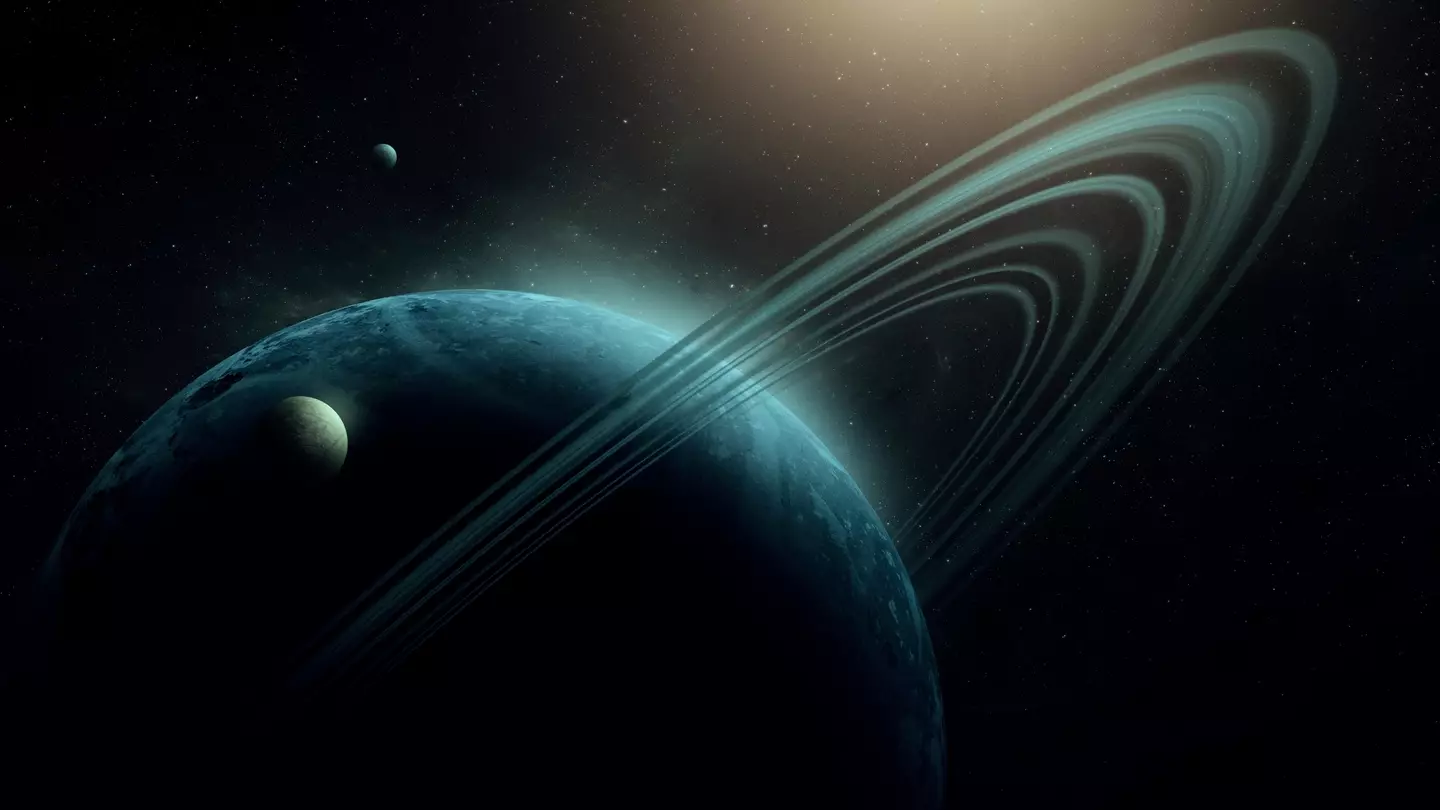
Scientists have made an incredible discovery on four moons of Uranus which could mean that they have alien organisms living on them.
Experts at NASA’s Jet Propulsion Laboratory (JPL) have improved the chance of finding alien life in our solar system after re-examining data captured by NASA’s Voyager 2 spacecraft which had made several flybys of Uranus in 1986.
The data suggests that the moons Ariel, Umbriel, Oberon and Titania – the largest of Uranus' 27 moons – could hold vast and deep oceans beneath their icy crusts.

Advert
Titania and Oberon had the best chance of hosting life out of all 27 moons, experts said.
Experts say life could be thriving on the moons because they appear to have enough inner heat to stop the oceans from freezing. The team built new models incorporating Voyager and data from ground-based telescopes, paired with findings from NASA’s Galileo, Cassini, Dawn, and New Horizons missions which resulted in the discovery of ocean worlds.
The oceans on Uranus’ moons appear to contain salts and ammonia, which would act as an anti-freeze and stop the water from freezing.
After analysing the data, the experts hope that their discovery will lead to a mission to Uranus to explore the water in further detail and search for life. They also hope a potential mission to Uranus will tell us how the moons generate enough heat to retain liquid water from such a far distance away from the Sun.
Advert

Uranus itself lies on average 1.8 billion miles (2.9 billion km) from the Sun according to NASA. At 19.8 astronomical units (AU) from the Sun, it takes sunlight two hours and 40 minutes to travel to Uranus. Earth’s average distance to the Sun is about 93 million miles (150 million km) which is just one AU and sunlight takes only eight minutes for light to reach us here on our green and blue planet.
Uranus is too small for it to warm its oceans though tidal heating caused by a large gravitational pull, which is how oceans are believed to thrive on moons such as Enceladus which orbits Saturn, for example.
Scientists believe something else must be going on which would explain how the oceans on Uranus’ moons function.
Advert
The new research was published in the Journal Of Geophysical Research.

Julie Castillo-Rogez of JPL explained: “When it comes to small bodies – dwarf planets and moons – planetary scientists previously have found evidence of oceans in several unlikely places.
“So there are mechanisms at play that we don’t fully understand. This paper investigates what those could be and how they are relevant to the many bodies in the solar system that could be rich in water but have limited internal heat.”
